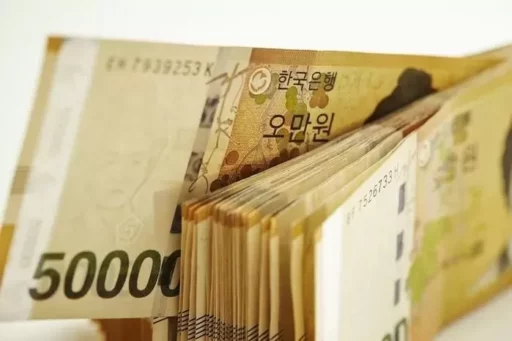Income Tax Burden: Top 1% Accounts for Half… The Proportion of Tax Exempt Individuals Remains High
Nearly half of the burden of comprehensive income tax is shouldered by the top 1% of earners.
According to data released by the National Tax Service on the 20th, last year, the top 1% of income earners among 11.48 million comprehensive income tax filers paid approximately 25 trillion won, accounting for 49.3% of the total tax amount (52 trillion won).

The comprehensive income of these individuals is about 81 trillion won, which constitutes 21.1% of the total comprehensive income (approximately 386 trillion won); however, their tax burden ratio is more than double their income ratio.
Expanding the range to the top 10% of earners, the taxes they contributed reached 84.8% of the total comprehensive income tax. While this group earned 52.1% of the overall income, they bore a significantly higher percentage of the tax burden.
Even among the 20.85 million employees who reported earned income, the top 10% earned 31.6% of the total income but paid 72.2% of the total tax.
The Proportion of Tax Exempt Individuals is Higher Than in Major Countries Abroad
The high tax burden ratio on the upper income class is related to the high proportion of tax-exempt individuals in South Korea.
Among comprehensive income tax filers last year, 24.7% (2.84 million people) received various income deductions and tax credits, resulting in a final tax amount of 0 won.

Based on the number of earned income reporters, the number of tax-exempt individuals reached 6.89 million, accounting for 33% of the total.
While this proportion has decreased by 0.6 percentage points from 33.6% in 2022, it still remains high compared to major foreign countries, such as the U.S. at 31.5% (2019), Japan at 15.1% (2020), and Australia at 15.5% (2018).
The National Assembly Budget Office pointed out in its report on "Improving National Assembly Tax Policy" that the high proportion of tax-exempt individuals causes unequal tax burdens and weakens the normal redistributive functions of income tax. It also suggested that to expand the tax base, additional deductions should be avoided, and complex deduction systems should be consolidated.
The National Assembly Budget Office highlighted that although South Korea's highest income tax rate is 45%, which is nearly 9 percentage points higher than the OECD member country average (36.1%, as of 2022), the ratio of income tax to Gross Domestic Product (GDP) is 6.6%, which is 1.6 percentage points lower than the OECD average (8.2%).
Furthermore, when considering various tax relief benefits, the effective tax rate in South Korea is 4.8%, which is less than half of the OECD average (10.1%). The Budget Office analyzed that this phenomenon is primarily caused by the high proportion of tax-exempt individuals.
Image Source: Supplementary material for understanding the article / gettyimagesbank


